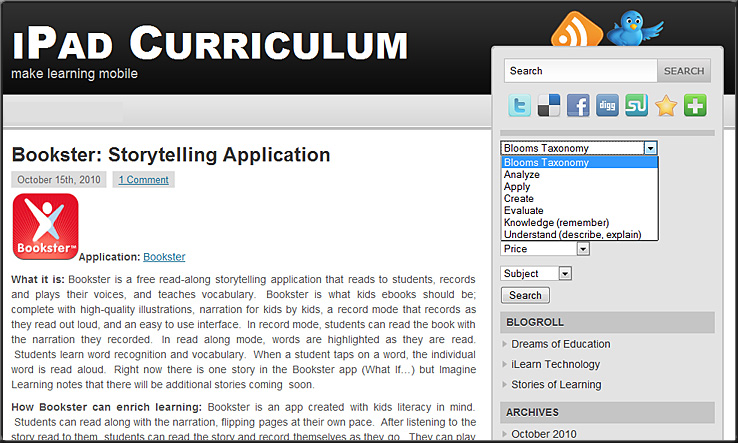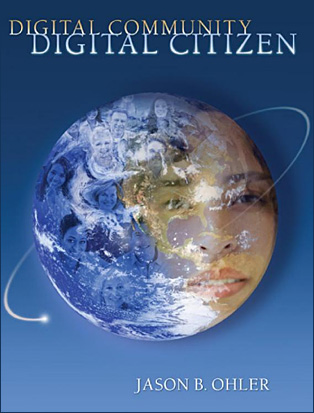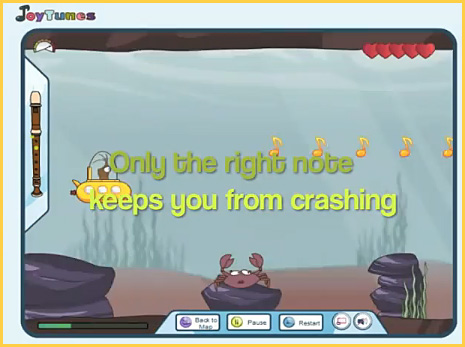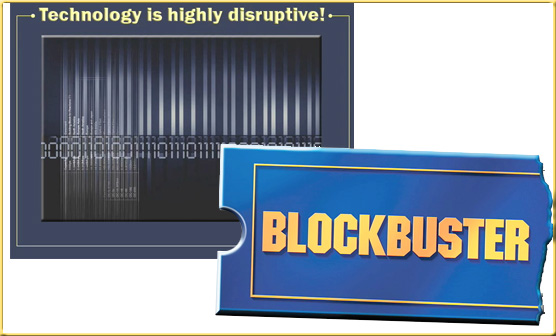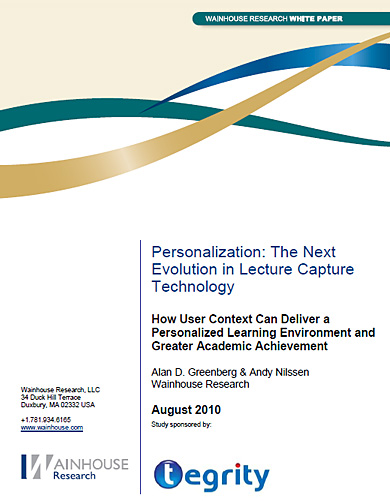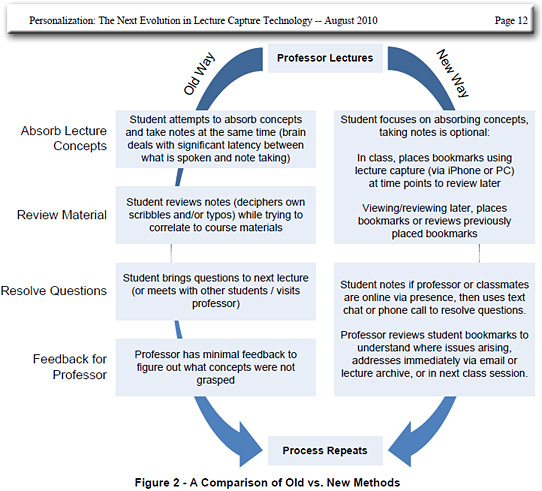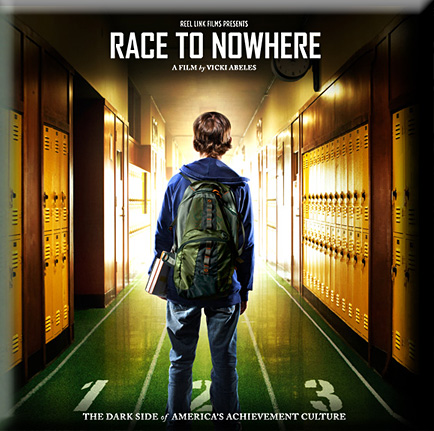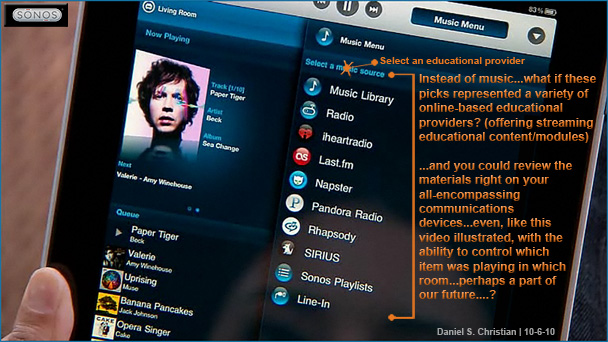Like Netflix, new college software seeks to personalize recommendations — from InsideHigherEd.com by Marc Parry
Anaheim, Calif. —Amazon. Netflix. Google. All personalize recommendations based on what they know about users.
A new project, unveiled at the Educause conference here today, plans to provide college students a similar experience on academic Web sites.
It’s called Sherpa, like the guides who lead climbers up Mount Everest. The goal of the software, developed by the South Orange County Community College District, is to mine data about students to guide them to courses, information, and services.
That’s a change from what students experience starting and finishing classes on the Blackboard course-management system, said Robert S. Bramucci, South Orange’s vice chancellor for technology and learning services.
ASU partners with Pearson to expand online learning services — from PRWeb.com
Partnership will enhance the online student experience and reach new students
Arizona State University (ASU) and Pearson today announced an innovative partnership to develop new technology and management services to support ASU’s online students. The agreement will equip ASU with various capabilities designed to maximize learning outcomes through student engagement and retention, as well as increase overall course offerings. It will enable the university to reach potential students around the country who are not served by brick and mortar or other online institutions.
“When it comes to learning online, there is a direct correlation between quality services and student success,” said Philip Regier, Executive Vice Provost and Dean of ASU Online. “The reality is that learning online is very demanding and most students already have family and work responsibilities. The more support they receive, the better their learning outcomes and overall experience will be.”
From DSC:
With the pace of technological innovation and the costs involved in creating engaging, interactive, multimedia-based materials, it seems that such pooling of resources is wise, efficient. That is why I’m a fan of consortiums and pooling resources. This type of thing also quickly brings TEAMS of people together.
LaCie Rugged goes 1TB — from Terry White’s blog
From DSC:
Talk about Moore’s Law !!! (Beyond the use of integrated circuits that is.)
Now you can carry around 1 terabyte (1000 gigabytes or 1 trillion bytes) worth of data in your pocket — all for $199! Man o’ man.
.
Also, as Terry mentioned in the comments, you can get larger desktop drives for desktop systems even cheaper. For example: http://eshop.macsales.com/shop/firewire/
New initiative will advance the best uses of technology to improve college readiness and completion — from the Bill & Melinda Gates Foundation
Multi-year “challenge” grant competition will identify and fund most promising innovations
SEATTLE — The Bill & Melinda Gates Foundation today announced the Next Generation Learning Challenges, a collaborative, multi-year initiative, which aims to help dramatically improve college readiness and college completion in the United States through the use of technology. The program will provide grants to organizations and innovators to expand promising technology tools to more students, teachers, and schools. It is led by nonprofit EDUCAUSE, which works to advance higher education through the use of information technology.
Next Generation Learning Challenges released the first of a series of RFPs today to solicit funding proposals for technology applications that can improve postsecondary education. This round of funding will total up to $20 million, including grants that range from $250,000 to $750,000. Applicants with top-rated proposals will receive funds to expand their programs and demonstrate effectiveness in serving larger numbers of students. Proposals are due November 19, 2010; winners are expected to be announced by March 31, 2011.
From DSC:
The other day, I was lamenting that the love of learning gets lost waaayyy too quickly in our youth. With drop out rates in the 25-30% range nationwide, we must turn this around.
A piece of that turn-around picture involves the opportunity for students to collaboratively create things (in a cross-disciplinary sort of way). This is why I am a big fan of multimedia-based projects:
- One student can write the script.
- Another can do the filming.
- Another can take pictures for still shots.
- Another can do the film and/or image editing.
- Others the acting or singing or playing music.
- Others can create the artwork or use their knowledge to create props
- Etc.
But I’m getting ahead of myself. The film below discusses the dark side of our culture as it involves schools and education. But the topic is not just related to schools, but to our society in general. That is, we’ve been sold a bill of goods. We believe that you must earn a lot of money to be successful and happy…and that whomever dies w/ the most toys wins.
This competitive streak is a worldly way of looking at things…but is a powerful current to fight. In fact, coming from a competitive background and being a Christian (in faith) myself, I’ve often asked myself whether I believe competition is a good thing or a bad thing. I don’t think I’ve arrived at the final answer to that question, as sometimes I think it can be good (as it can be helpful in developing characteristics of discipline, perseverance, character, integrity, etc.) and sometimes it can be bad. Check out the video/trainer here to see what I mean.
Reinventing management for a networked world — one of topics/presentations at Educause 2010
From DSC:
The following summary of this presentation is a powerful message that I’m looking forward to hearing (emphasis mine):
Over the past decade, the Internet has had a profound impact on just about every organization around the world. It has enabled dramatic efficiency gains in core processes and has radically changed service delivery in industries as diverse as education, financial services, publishing, and entertainment.
However, the greatest impact of the Internet is likely to come over the next decade as it starts to reshape the traditional management processes and structures that are used to run large-scale institutions. The management practices found in most organizations today trace their roots back to the Industrial Age or to medieval religious orders. While this model was well suited to a world requiring conformance and discipline, it is woefully inadequate and even toxic in today’s world of accelerating change.
To thrive in the years ahead, every organization must become as nimble as change itself—a challenge that will require a fundamental rewiring of our tradition-bound management principles and practices.
Unlike most organizations, the web is a cauldron of innovation; it is extraordinarily malleable and highly adaptable. In these respects, it already exhibits exactly those qualities that will be most critical to organizational success in the years to come.
That’s why the management model of every organization will need to be rebuilt on the fundamental values of the web: freedom, openness, transparency, collaboration, flexibility, and meritocracy. In this provocative and practical presentation, Gary Hamel will lay out a blueprint for “Management 2.0” and outline the steps you can take to help your organization to become as adaptable as the times demand.
While looking at the video for Sonos Controller for the iPad, I wondered…what if we could replace the selection below — i.e. the word music with the words “educational providers” — and then control which room received which signal/content?
Wow…talk about a home dedicated to learning! 🙂
.









